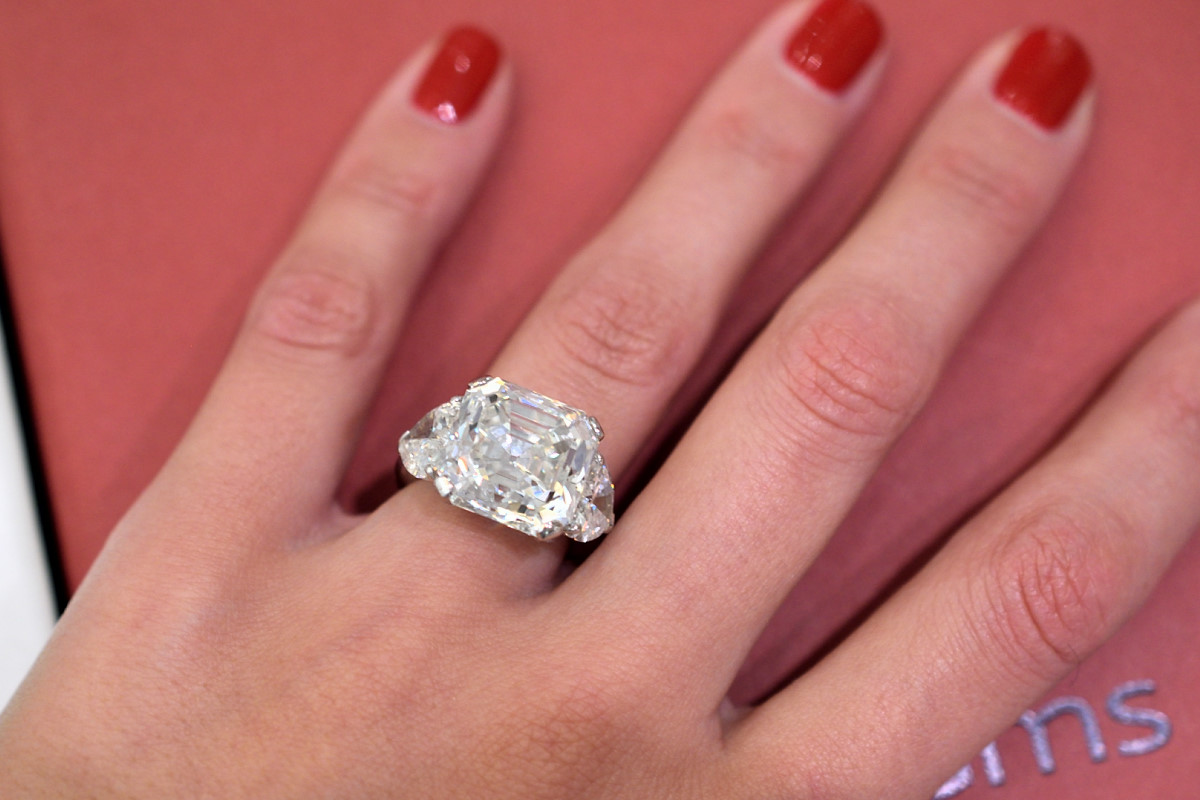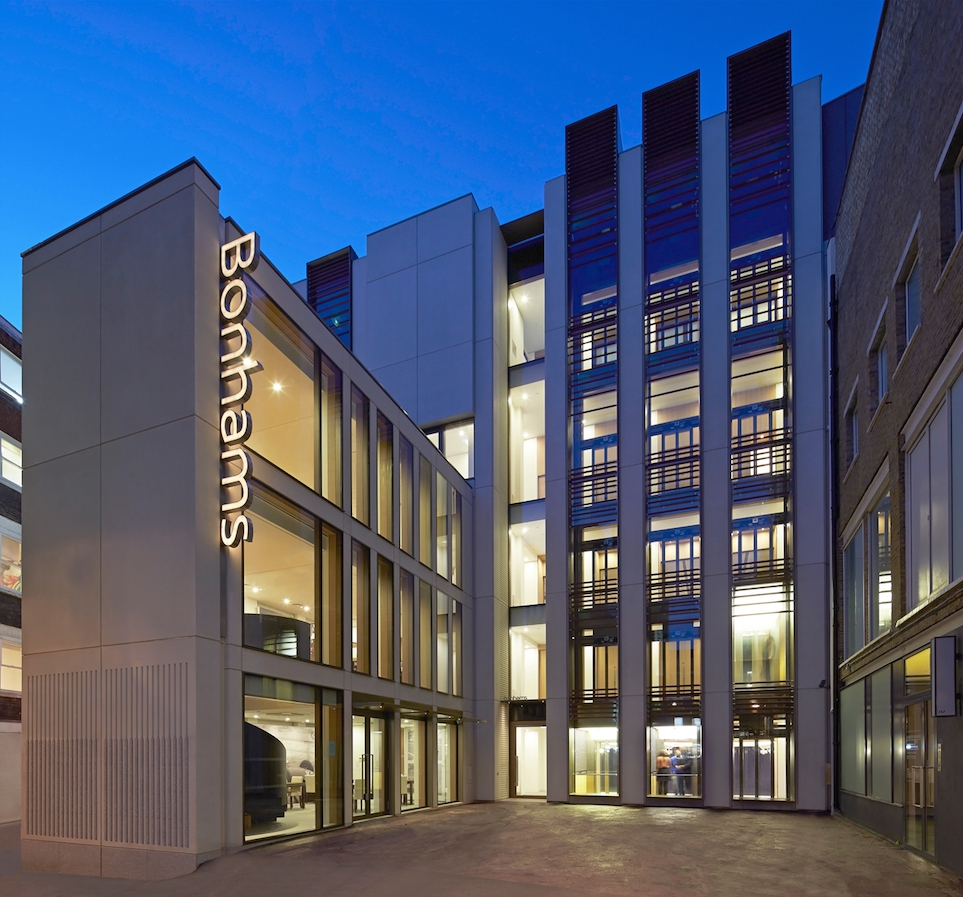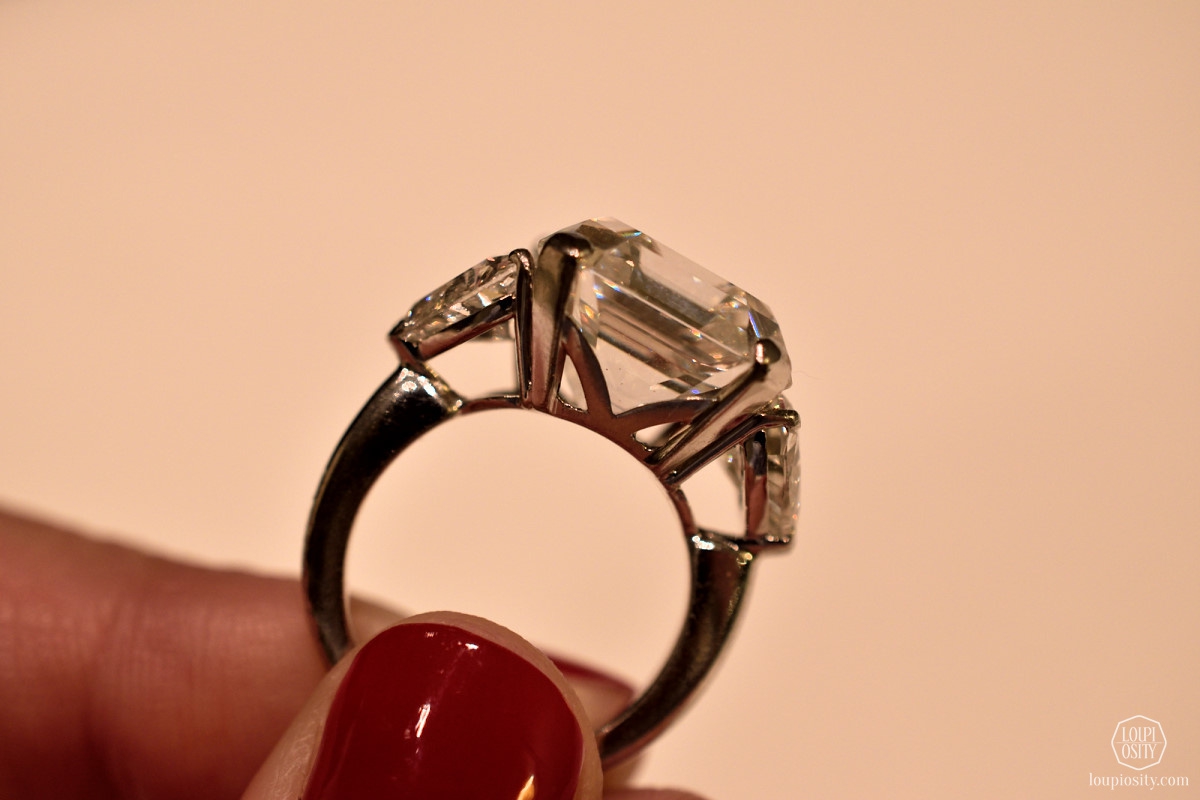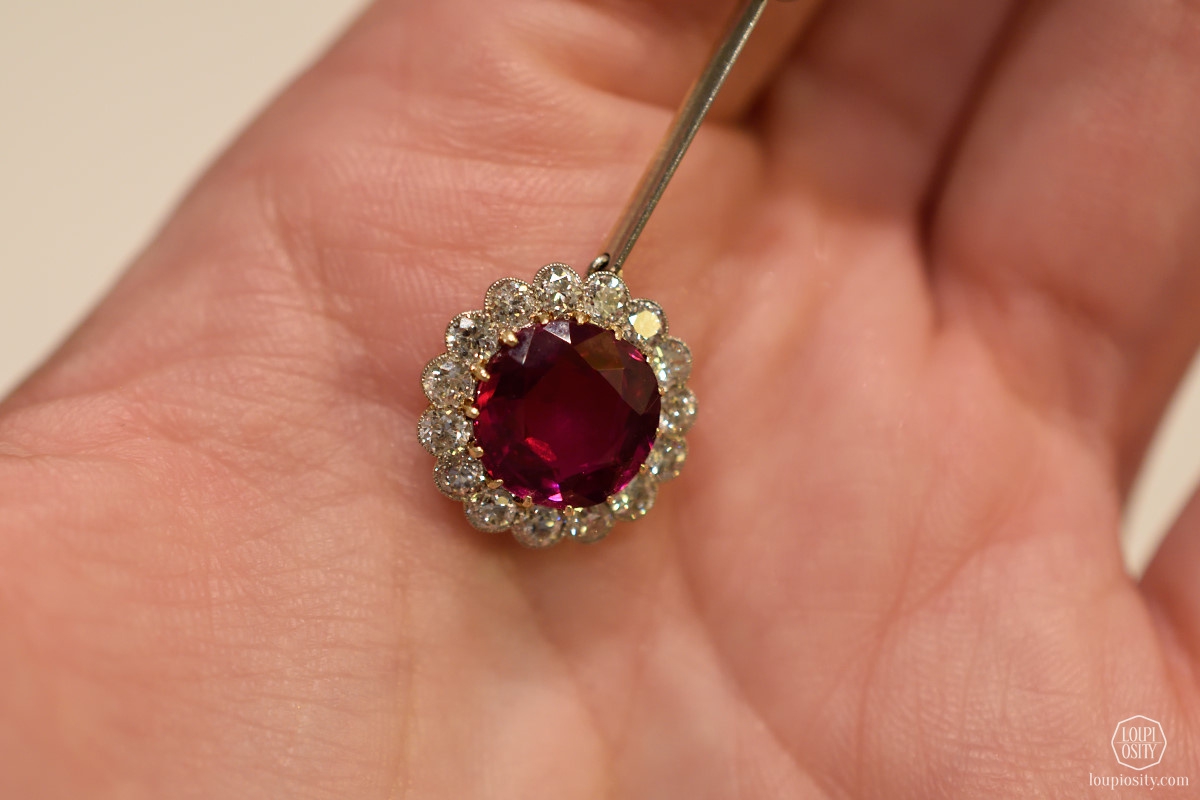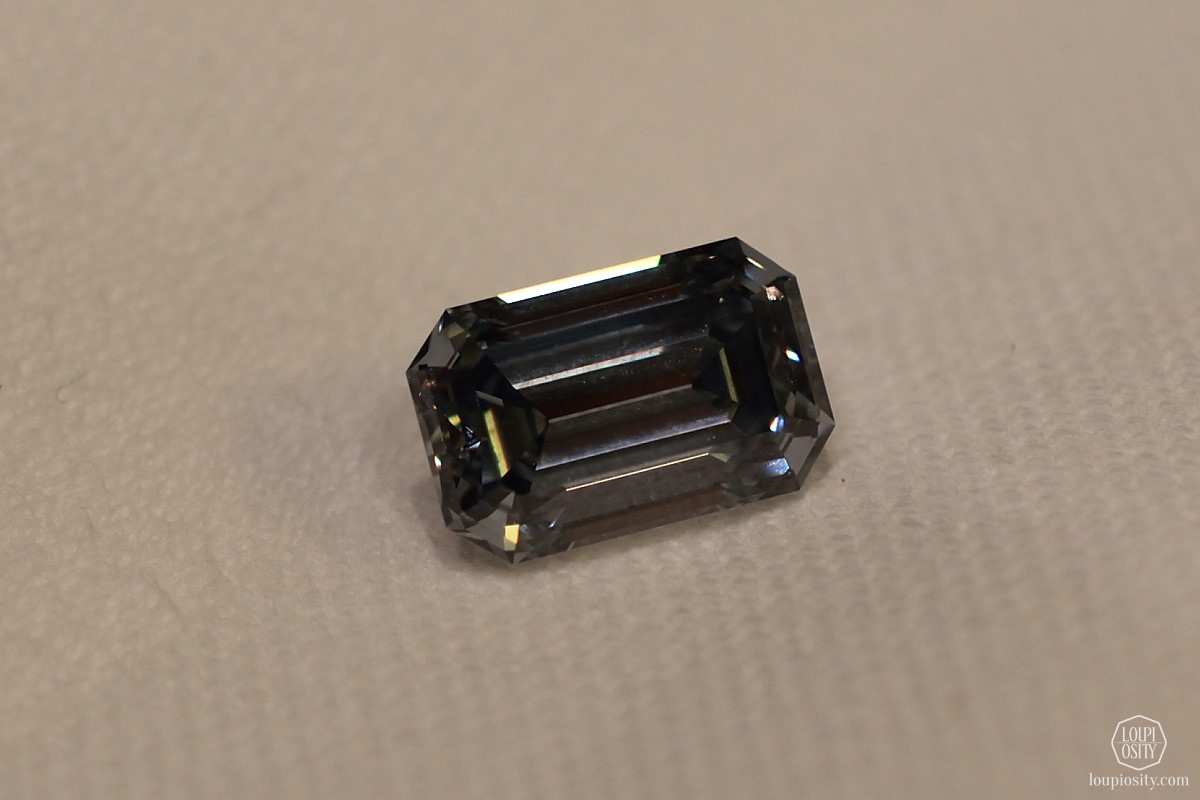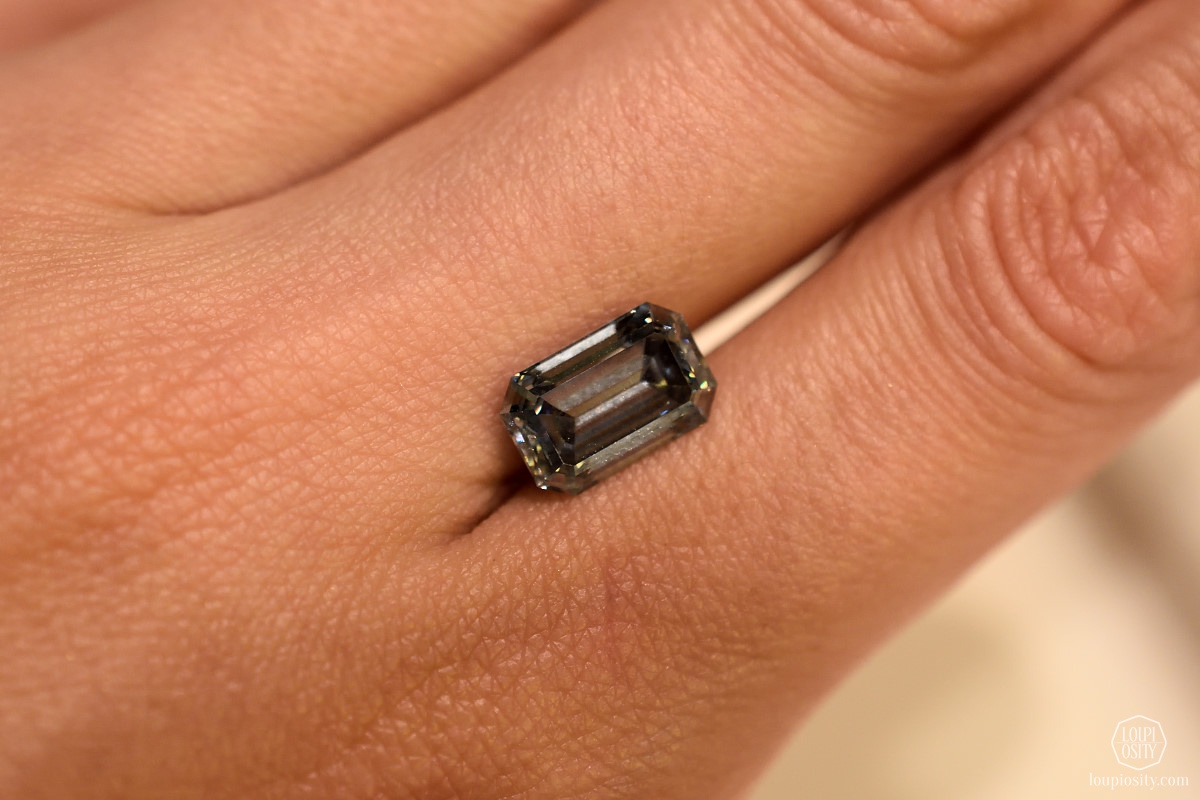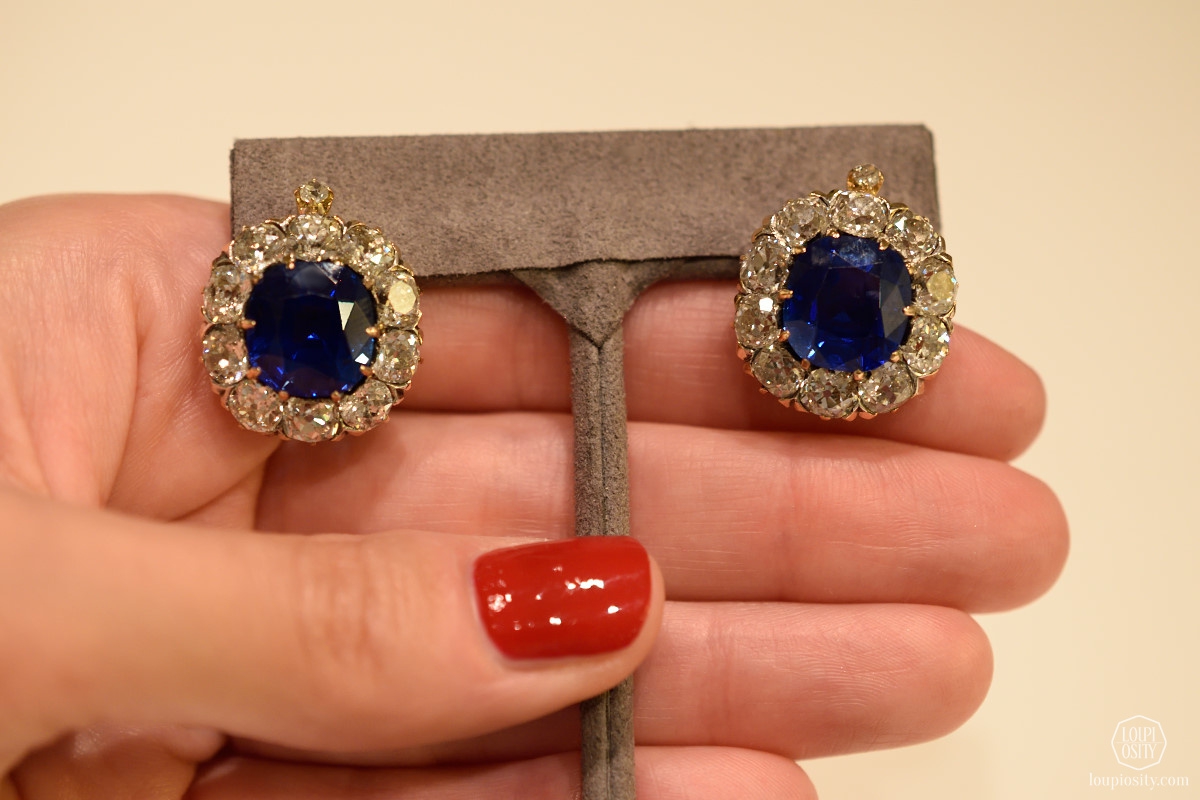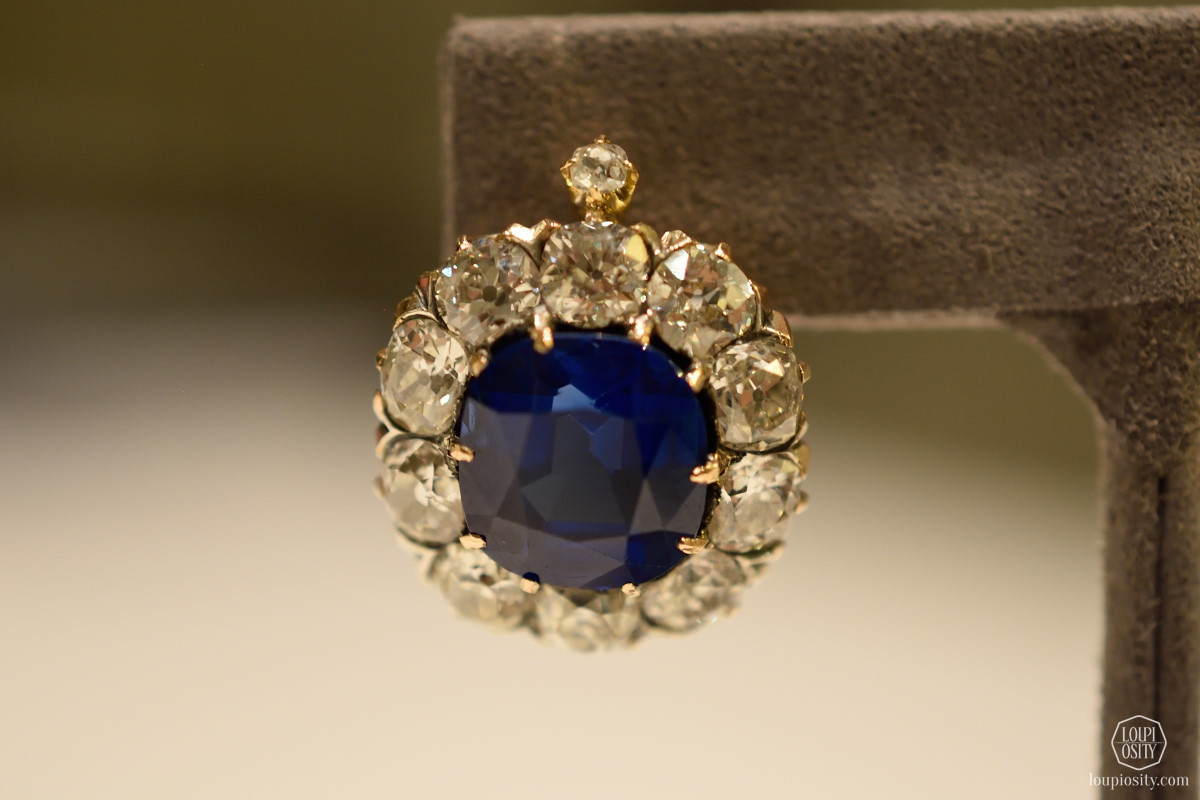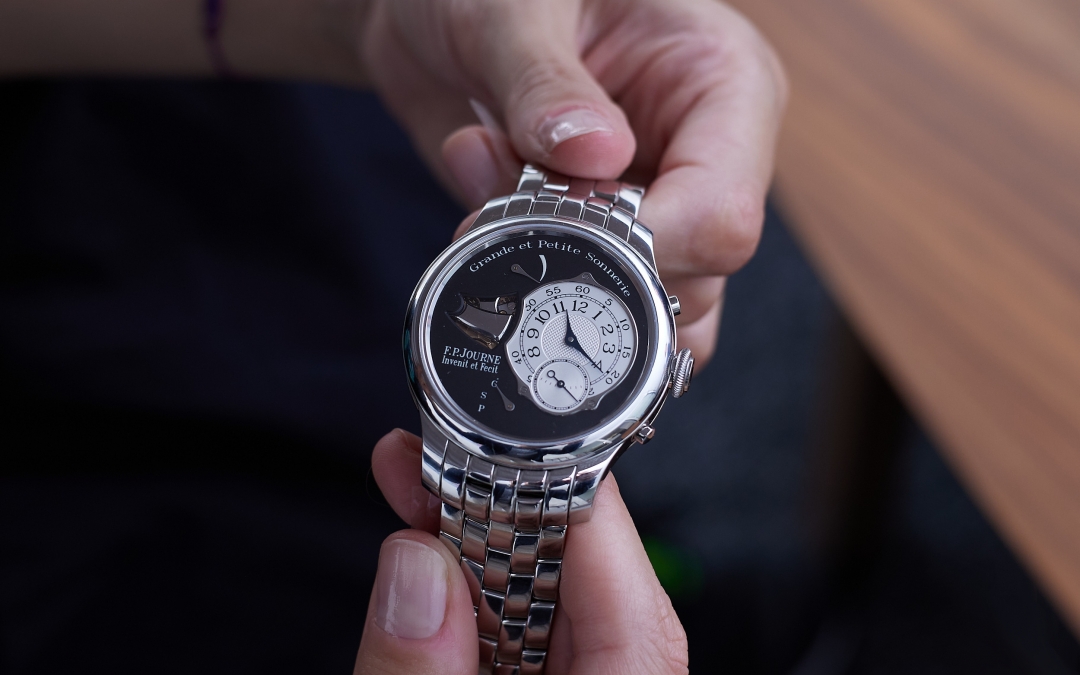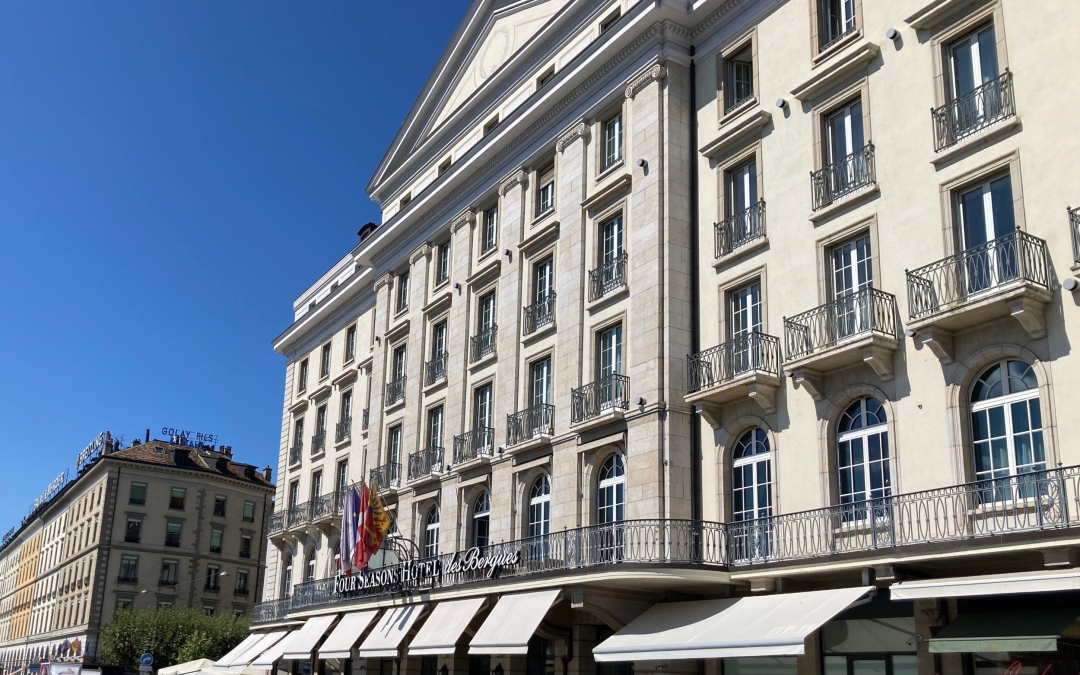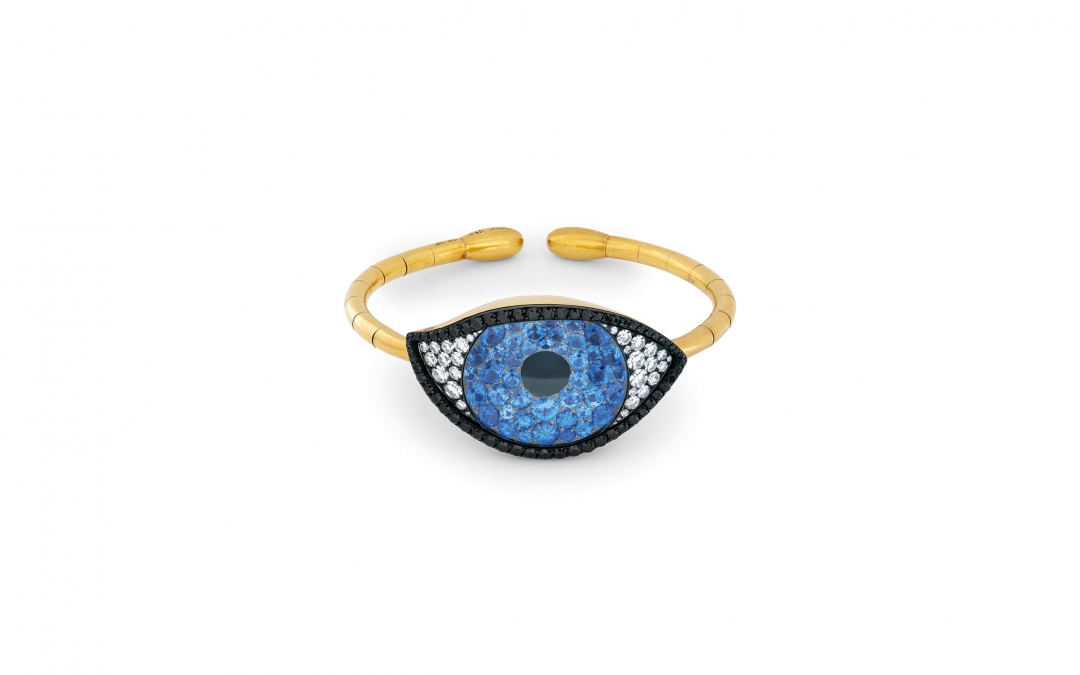Last week I visited Bonhams at 101 New Bond Street. The building was bravely retouched by architects Lifschutz Davidson Sandilands to include three new salesrooms and offices in a modern, minimalist and sophisticated style – combined with Bonhams’ contemporary patina and the variety of items for sale it does result a unique auction experience. The space won the RIBA – Royal Institute of British Architects – London Award 2015 for the flexibility of the environment and the exceptionally high quality of materials.
Curiously enough, Bonhams opened a small restaurant and wine bar in the same building, led by the young chef, Tom Kemble. He worked with Magnus Nilsson at Faviken in northern Sweden and Mikael Jonsson at Hedone in West London. For the public the restaurant is available for lunch on weekdays between 12.30 and 14.30 and offers a Supper Club on Thursday evenings. What’s more, it was recently awarded 1 star by the Michelin inspectors. See a recent review here from an independent fine dining aficionado.
Bonhams’ renowned International Jewellery department, which bring significant pieces to market, including diamond Art Deco and large single gem-stoned items, is also located within these walls. I met Daniel Struyf, Senior International Jewellery Director in the restaurant of Bonhams.
A creamy espresso, an interesting conversation and a preview of special jewellery from the 5 December auction – what else could a jewel-addict wish for?
In the newly created position of Senior International Jewellery Director, Daniel Struyf works to expand Bonhams’ market share with a strong jewellery team of 30. His role will see him working directly with Bonhams’ Global CEO and Global Head of Jewellery Matthew Girling and Jean Ghika (Director of the Jewellery Department in Europe, and a member of the UK Board of Directors).
I always enjoy chatting with people who are very well-travelled and familiar with different cultures. These and the ability to understand different buyer motivations are brought on board by Daniel, not to mention his relationships, especially with private clients. This is a business seriously based on trust, personal network and good instincts, of course…
The first piece at our preview was a 14.24 ct diamond ring retailed by David Morris. For me, at first sight, this ring was not overly special – well, definitely big but not something I would choose as a favourite. But on the finger it comes alive; the centre stone looks truly amazing and the two heart-shaped diamond “shoulders” (3.10 carats in total) sit on the finger nicely and give a proper frame to the Asscher-cut diamond. The stone is GIA certified, H colour and VVS2 clarity.
Natural pearls are still highly desirable at auctions. Generally pearls are produced in two fundamental ways: naturally (without human intervention) and cultured – when the pearls are farmed.
When penetrated by a tiny parasite, certain mollusc shells excrete a material from aragonite (a form of calcium carbonate) as a form of defence, and pearls are formed from this material layer by layer (in layers of concentric shells). This is the nacre, also known as mother of pearl. The size of pearls ranges from a few millimetres to the size of a nut; the largest specimens are individually named. Their shape is mostly round, but on occasion droplet-, pear- and barrel-shaped specimens also occur. The closer the shape of a pearl is to a perfect sphere, the rarer and more valuable it is. The unique, significantly distorted shapes are known as “baroque pearls”, and these make for the creation of exciting jewellery.
Nowadays natural pearls are very rare to find, and it is even rarer to catch matching pairs for earrings. Lot 130 is a pair of natural pearls earring, the bouton-shaped pearls measure approximately 14.63 by 9.40mm and 14.41 by 9.91mm. The pearls are accompanied by a report from SSEF stating their natural saltwater origin. The Swiss Gemmological Institute (SSEF) examines diamonds, gemstones and pearls. In case of pearls, a distinction is made between natural and cultured pearls as well as, saltwater and freshwater pearls, and the document reports on the presence of any treatments (artificial colour modification) for both types of pearls.
The next lots were more about special colours. Lot 110 is a Belle Époque ruby and diamond pendant on a thin necklace. The Burmese ruby is certified by GCS and SSEF for the its weight of 3.83 carats and no indications of heating. The colour is breathtaking: to me it seemed to be almost pinkish red, with darker hues on the outer side of the stone. The ruby is surrounded by old, brilliant-cut diamonds (making it look like a flower). The knife-edge surmount encompasses another old, brilliant-cut diamond. It has a fine trace-link chain, mounted in platinum and gold.
The colour is a pretty subjective notion, and this is well-proven by the next lot: a fancy greyish blue diamond ring by Andrew Grima from 1971. I saw the unmounted stone, a rectangular step-cut fancy greyish blue diamond, weighing 2.97 carat (according to GIA Fancy Greyish Blue colour, VVS2 clarity). In different lights and angles, the gemstone seems to be more gray or more blue. According to Daniel many people fall in love with certain gemstones only because of the charm of the colour; a certain hue “speaks” to someone while it doesn’t move others.
With the last sip of the coffee, we took a pair of late 19th century sapphire and diamond earrings in hand, the property of an unnamed European Princess. The cushion-shaped sapphires are surrounded by old, brilliant-cut diamonds. The sapphires weigh 7.96 ct and 7.92 ct and both are of Kashmir origin with no evidence of heat treatment.
The 5 December auction is the main jewellery auction event this autumn, but there are few more leading up to it.
- California Jewels auction (23 Nov. 2015, starting at 10:00 PST in Los Angeles),
- London sale (25 Nov. 2015, starting at 11:00 GMT, London, Knightsbridge) and the
- Fine Jewellery auction (5 December, 13:00 GMT, London, New Bond Street).
Photo credits: Hufton + Crow, Nina Sologubenko, Loupiosity.com.
All registered trademarks are property of their respective owners.
All rights reserved.
